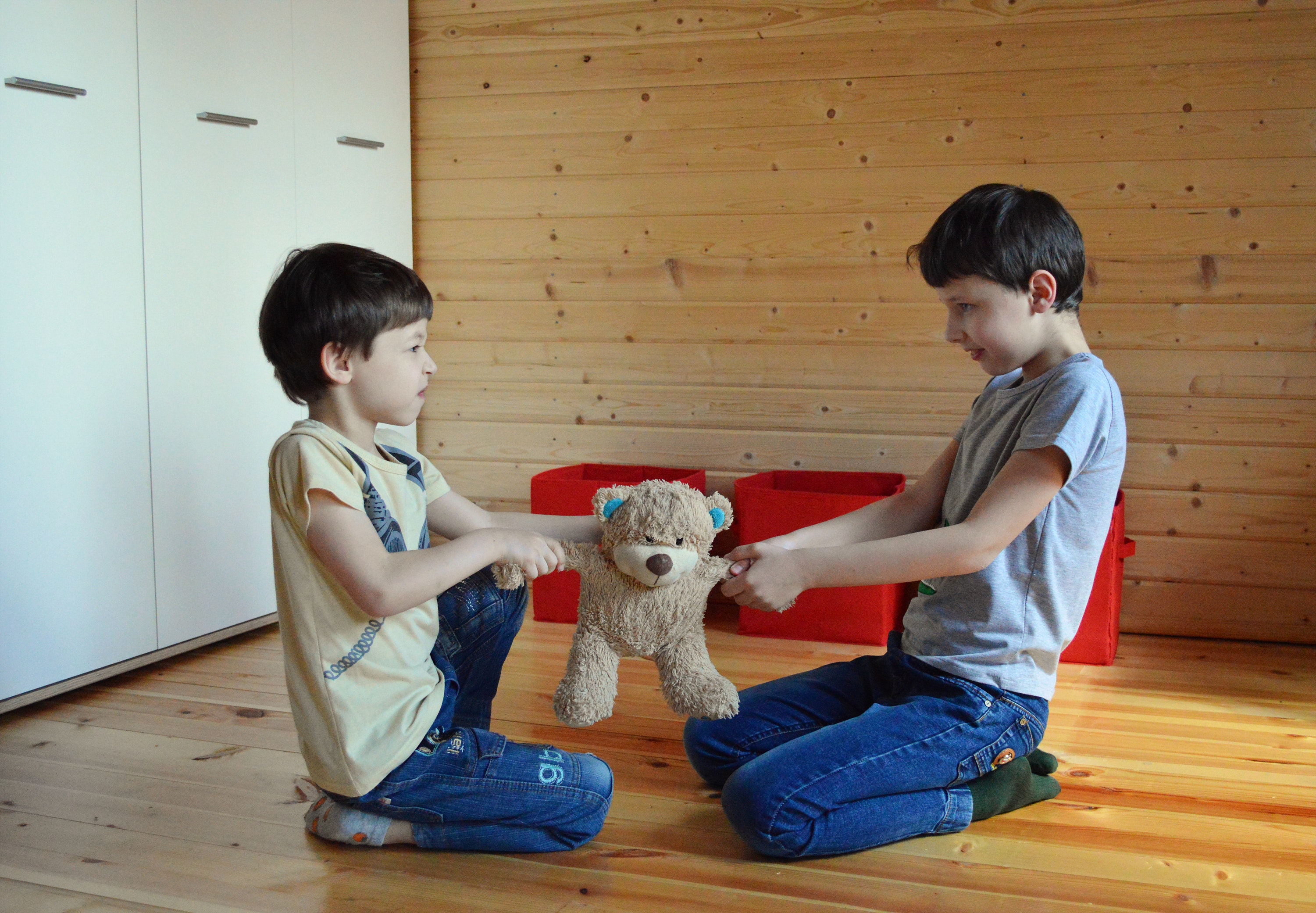-1.png)
EtonHouse Singapore
Conflicts are part and parcel of life. Even from a young age, children encounter day-to-day conflicts that may arise from turn-taking and sharing of toys. These issues can happen anywhere and invoke big emotions. As adults, one of the most important skills we can equip children is learning to cope with conflicts, guide positive behaviours and interact with others positively and respectfully. This is essential to building healthy relationships and developing the ability to navigate tricky situations, from sharing spats to eventually bigger issues.
Kelso’s Choice (Kelso) is a part of the EtonHouse International School conflict resolution programme that provides strategies to help students develop resilience as well as become open-minded and effective communicators. Kelso is a common language and series of simple strategies the school uses across different levels to help students know what to do when they have a problem with their feelings or how they think others are behaving towards them.
Parents are informed about the programme and are encouraged to use the language at home. This partnership helps students consolidate the knowledge, skills, and attitudes that will help them act positively within and beyond the school environment.
Why is Kelso beneficial for children?
- Equips our young learners (age 2 and above) with the power to solve minor disagreements
- Provides them with 9 strategies that can be applied in different scenarios
- Builds on our child’s toolbelt of strategies
- Prepares them for the next moment when they experience big emotions
When to use Kelso?
- During a conflict
- When they are experiencing heightened emotions
- When they come to you for a “small problem” that does not require adult intervention
How do we incorporate this into our classroom?
Example 1 - When a student is experiencing uncomfortable emotions
Teacher: let’s look at the wheel together, are you ready to talk it out?
Student: No.
Teacher: Alright, do you want to walk away and take a few moments for yourself?
Student: Yes.
Teacher: Okay, would you like to go to the corner with the books or go out to the gardens to smell the flowers?
*Always ensure the space is safe for the child
Example 2 - Conflict resolution
In a Year 1 Unit of Inquiry class, our students reflect on the strategies they can use to solve problems and conflicts. Every student chooses 2 strategies they would try based on their personality and preference. If the first method is not successful, they will attempt the second approach. Referring to the wheel,
Student A: I will choose “Talk it out” and “Ignore it”
Student B: ‘Stop’ and ‘Make a deal’
Student C: ‘Ignore it, just let it go’ or ’Say sorry’ and ‘Walk away’.
Student D: ‘Make a deal’ and ‘Share and take turns’. And I will try all of them!
By sharing the student’s learning with their parents, we encourage them to use the same language at home to help our young learners act positively within and beyond the school environment. Armed with 9 types of problem-solving strategies, we nurture resilience in our students and develop them into effective communicators by having an open mind. In EtonHouse International School, all students from Nursery are taught Kelso for conflict resolution through the Unit of Inquiry on ‘Who We Are’.
How you can use Kelso at home?
- For younger children, images of the frog can be replaced with their photographs to make it more personal
- For older children, they can replace some solutions with what works for them on the wheel
- Print it out and slot it in your pocket for unexpected moments of tantrums
Find out how we practice respectful strategies in our schools.


